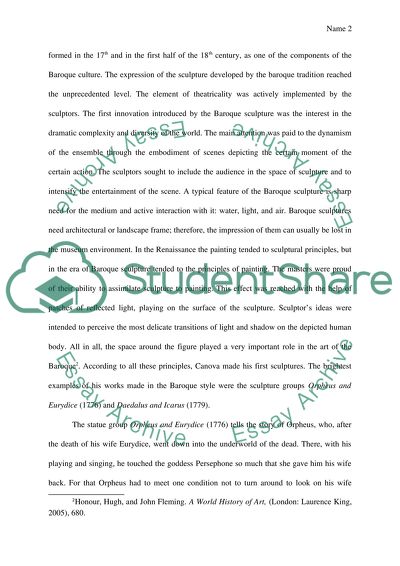Cite this document
(“Investigate an artists design principles,technique and media -antonio Essay”, n.d.)
Investigate an artists design principles,technique and media -antonio Essay. Retrieved from https://studentshare.org/visual-arts-film-studies/1465150-investigate-an-artists-design-principlestechnique
Investigate an artists design principles,technique and media -antonio Essay. Retrieved from https://studentshare.org/visual-arts-film-studies/1465150-investigate-an-artists-design-principlestechnique
(Investigate an Artists Design principles,technique and Media -Antonio Essay)
Investigate an Artists Design principles,technique and Media -Antonio Essay. https://studentshare.org/visual-arts-film-studies/1465150-investigate-an-artists-design-principlestechnique.
Investigate an Artists Design principles,technique and Media -Antonio Essay. https://studentshare.org/visual-arts-film-studies/1465150-investigate-an-artists-design-principlestechnique.
“Investigate an Artists Design principles,technique and Media -Antonio Essay”, n.d. https://studentshare.org/visual-arts-film-studies/1465150-investigate-an-artists-design-principlestechnique.


